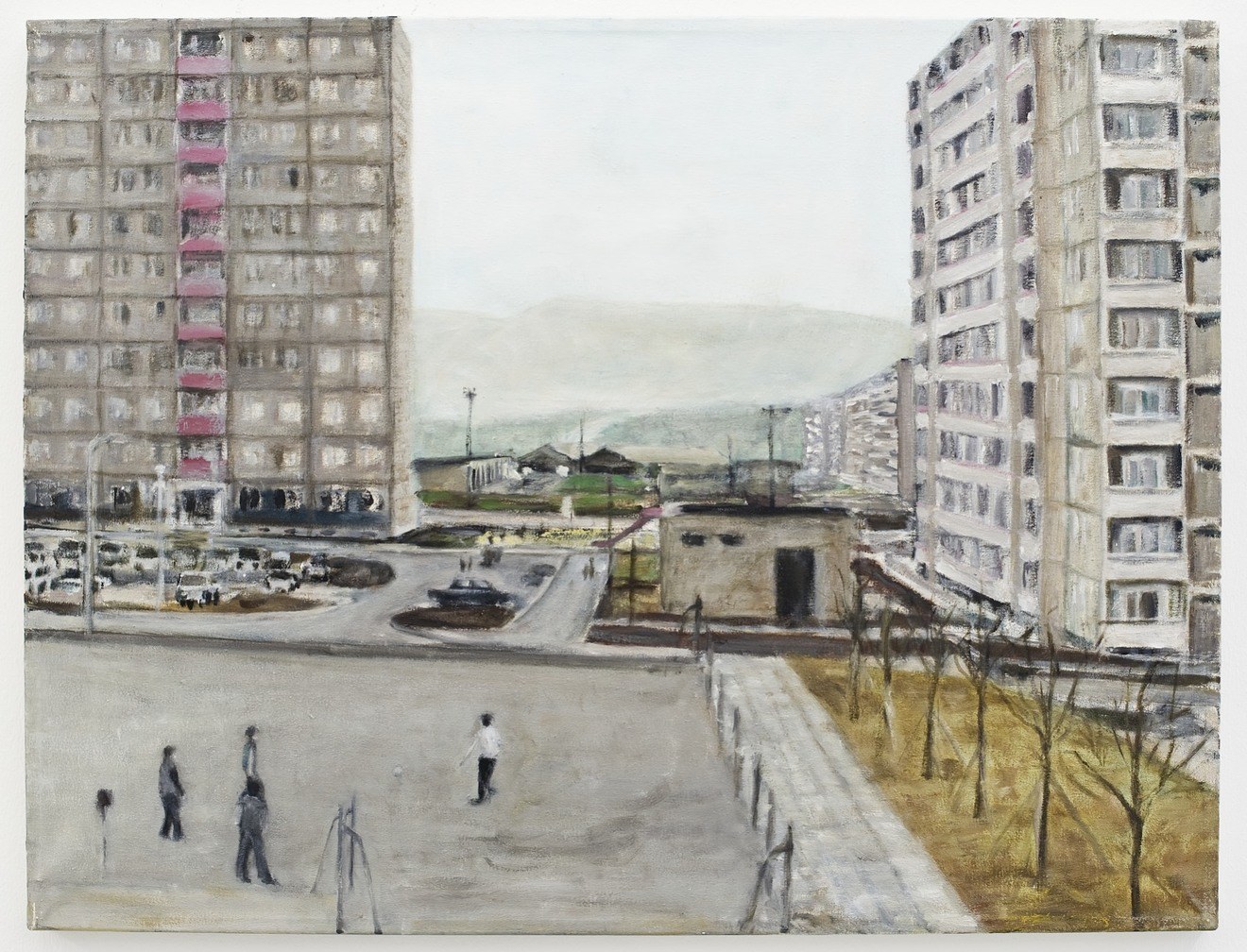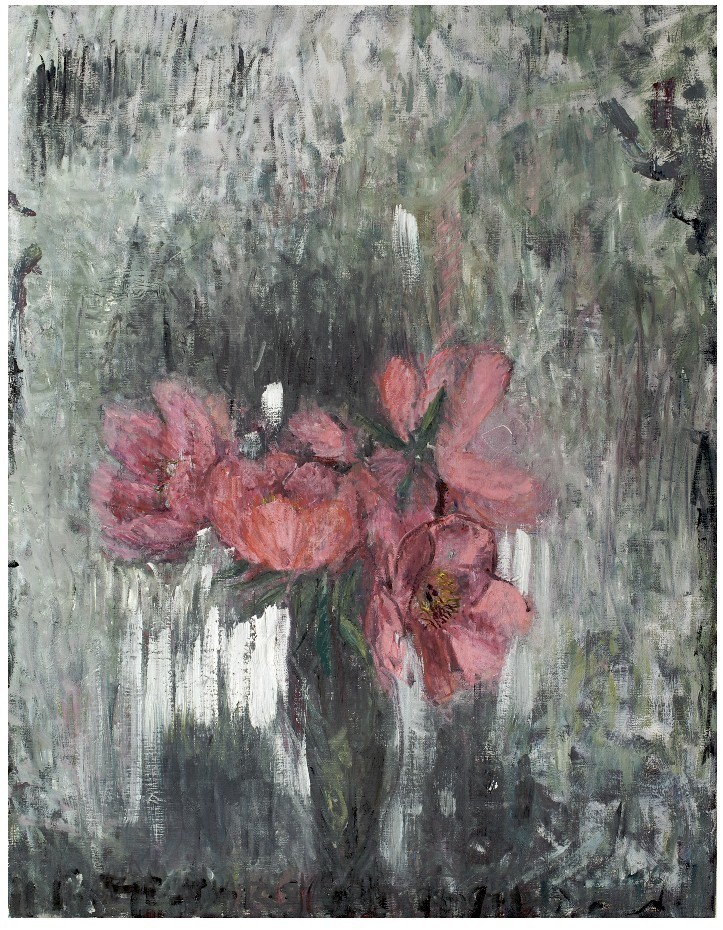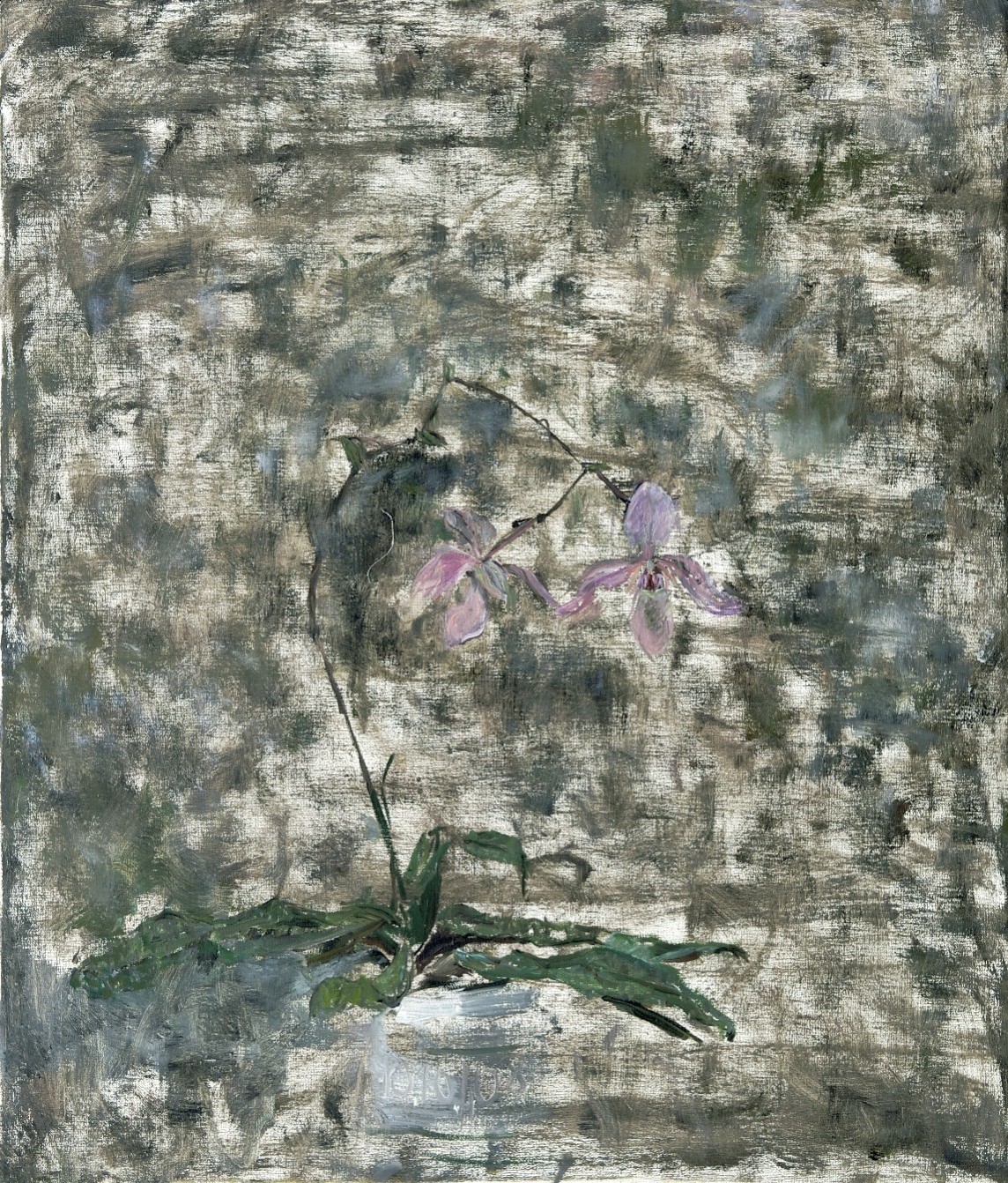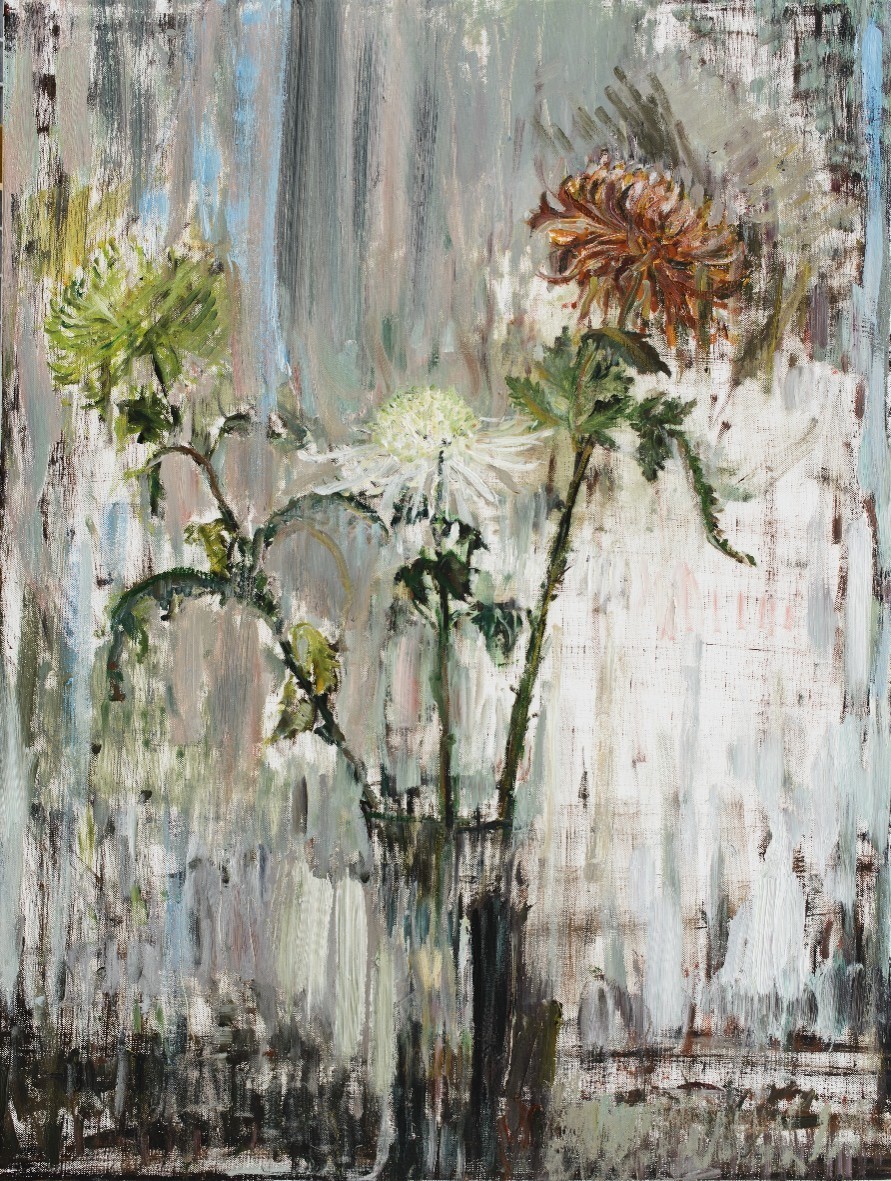Sabine Moritz – Concrete and Dust
October 20, 2013 – January 25, 2014
Sabine Moritz
Sabine Moritz’s drawings are, on the one hand, an encyclopaedic attempt to recall her life in Jena. On the other hand, they explore the dynamics of how memory is constituted and the way in which it is subject to a continual process of deformation and reformation. As memories made visual – the fleeting impulses of the past made concrete as art – the drawings activate an awareness of time. They are records of specific experiences that open out onto the general horizon of a collective history. As a protest against forgetting, Moritz’s drawings lead us to Israel Rosenfield who has worked, for many decades, at the powerful intersection between history and neuroscience. He has continually sought to discover how human memories are created, stored and retrieved. As Rosenfield explained:
‘Memory is obviously the ability to recall people, events and objects. More importantly, memory in a human sense, as opposed to memory in a machine, is context dependent. In a machine we can store specific “memories” and access them at will. This is not true of human and (probably) animal memory. The context in which the memory was acquired, as well as the context in which we try to recall it, are important factors in our ability to become aware of the memory. Human memory is incredibly dynamic – it is caught in a process of perpetual transformation and is for this reason very fragile and prone to erasure. Memories of spaces, in particular, have a clear mnemonic function.’
Lobeda shows us a way of concretising memory, whilst retaining all the fragility of its immaterial sources. It also is an attempt to rein in the dynamic process of memory by way of externalisation, and drawing is an incredibly valuable way of doing this because memory is dependent upon physical and sensory perception. The drawings tell us, above all, about the inscrutability of memory. Drawing is way of spacialising memory, as is evident in Lobeda, and also a crucial means of fostering the active processes of remembering.
Processuality is also captured in the series of flower drawings and paintings. Sabine Moritz depicts flowers, often lilies, roses and tulips, in her studio. The architecture of the room sometimes forms part of the picture, or there is a glimpse of the buildings beyond the window. Generally speaking, the flower drawings are still lifes, but they exude a brittle atmosphere which, when paired with the sharp-edged stalks and petals, alludes to a much deeper narrative. Despite being isolated on the page, the flowers do not appear to be accurate botanical studies made from nature. Nor do they possess a spiritual dimension, as flowers do, for example, in Christian iconography. The drawings, which seem as though they were jotted down in an attempt to capture an elusive moment, are reminiscent of those in the Lobeda series. This is because something dynamic, just like a memory, has been brought to a halt. The drawings immortalise the ephemeral nature of the flowers on the page, while the artist’s quick, sensitive brushstrokes mirror their fragility.
Flowers in full bloom and those in a state of withered decay are given equal attention. Thus the drawings, as an ensemble, comprise a portrait of the different ages of flowers. The sequence of images within the book, and the repetitive motion required to turn the pages, generates a conceptual context that is suggestive of development and movement. Through the variations in type and age, the flowers turn into symbols of growth. The seriality of the motifs, and the numbers noted in the titles of the drawings, might suggest that Moritz takes an objective, empirical approach to her subject but, just as Lobeda is not a geographical map of her hometown, it is an illusion that is shattered by the highly personal way she puts pencil to paper.
Hans Ulrich Obrist
Biography
Sabine Moritz (b.1969) lives and works in Cologne, Germany. She grew up in the former German Democratic Republic, where she lived in Lobeda, a suburb of Jena. The Neulobeda district is a densely populated urban area that was devised in the mid 1960s and which is characterised by high-riseconcrete buildings and modernist urban planning. This environment had a profound effect on the young Moritz, which would later manifest itself inher work.
Having emigrated from West Germany in the mid 1980s, she accepted a place at the Offenbach University of Art and Design in 1989. Whilst there, she started to draw her childhood memories of Lobeda. In 1991, she switched from Offenbach to the Düsseldorf Art Academy where she studied firstwith Markus Lüpertz and then with Gerhard Richter. In moving class, she became the last pupil to sign up with Richter as he prepared to relinquishhis formal teaching commitments. Moritz continued to make drawings of Lobeda during her time in Richter’s classes, and the body of work –comprising over one hundred pencil drawings – was completed towards the end of 1994.
Lobeda continued as a theme in Moritz’s work beyond the initial body of pencil drawings, resulting in a second substantial group of works on paper,in media including coloured pencil, charcoal, watercolour and oil, as well as in paintings executed in oil and acrylic on canvas. This second body wasproduced between 1992 and 1994. Themes of architecture, urban planning, public and private space, childhood and her time in Lobeda and Jena have continued to feature in her work, and are accompanied by a number of other significant subjects. One prominent strand revolves around themesof war and the landscape, depicting military vehicles such as helicopters, armoured vehicles and warships, which she began exhibiting in 2005.
A third key element of Moritz’s practice is still life. With regular subjects including asters, orchids, lilies and roses as well as small-scale decorativeobjects such as statuettes and figurines from a variety of civilisations past and present, she approaches these charcoal, pastel and oil pastel drawingsas studies, as exercises in observation and representation. Bodies of work from all three current strands of her practice have been published andexhibited since 2010, including at the Kunsthaus sans titre, Potsdam, in 2011, at the Neues Museum, Nürnberg, in 2012, and with Marian GoodmanGallery, Paris, in 2013. In addition to interweaving critical themes such as time, nature, human behaviour, civilisation and the built environment,Moritz’s oeuvre is united by an unrelenting formal curiosity into qualities such as line, shape, form, perspective and space.
Matt Price



































